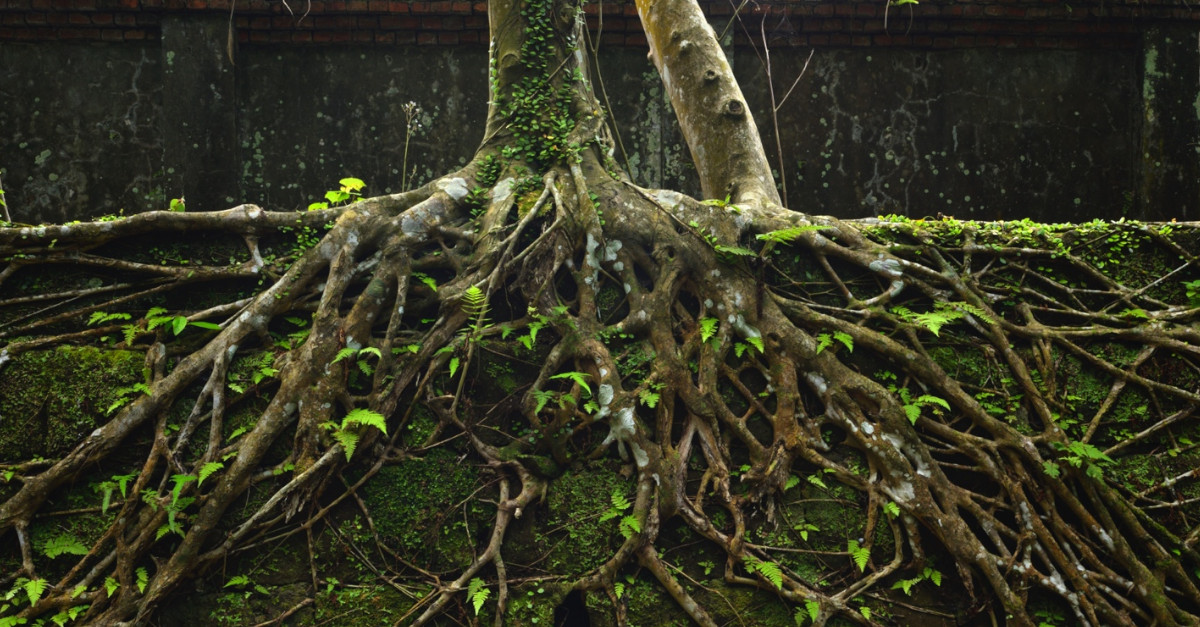When Do Leaves Grow Back After Winter?
Falling leaves are a welcome sight when accompanied by crisp autumn air. But months of staring at bare branches can start to feel a little dreary… and at a certain point, we might find ourselves wanting those leaves back. As winter recedes and warmer weather approaches, we can’t help but wonder: When will the leaves return?
If you’ve busted out your binoculars looking for the first sign of buds, we have good news. The wait will soon be over — here’s when you can expect to see green again.
What prompts leaves to come back?
There are two signals trees need to “wake up” for springtime. The first is a pattern of warmer days after a stretch of cooler temperatures. The next is changes in light duration: like us, trees notice as the days grow longer and brighter. Leaves need sunlight to survive, after all! This happens due to a term you may recall from science class – photosynthesis – the process by which plants convert sunlight into energy.
So when will my leaves grow back?
As with most things tree-related, your region plays a role in how trees behave, and that includes spring leaf regrowth. Known as “leaf-out dates,” each region has its own time frame, which corresponds with its unique weather patterns. For instance, in the Midwest, the chance of a frost persists until later in spring, so trees won’t sprout new leaves until mid-April. The Northeast is especially likely to see a late-season freeze, so some areas may not see leaves until late April or even early May. Dates can vary significantly in the West: mountainous Colorado may have a later leaf-out than moderate regions of California, for instance.
Here in the South, we’re spoiled by the fact that our mild temperatures often mean native trees don’t have to stay dormant for long. Don’t be surprised if your trees start sprouting leaves as early as mid-March!
But what if my tree’s leaves aren’t coming back in spring?
Aside from temperature and light exposure, there are a few other factors that can influence leaf-out dates. For one, the severity of winter can impact when leaves regrow: a season that’s cooler and longer than usual will make trees a bit more hesitant to bud. The National Phenology Network provides an annual breakdown of the current season compared to springs past — you can consult their maps for a more precise forecast of leaf and bloom dates.
With that in mind, some trees are simply late bloomers – and that’s okay! Their beautiful displays will be worth the wait. If you have any of these species in your yard:
- Ash
- Mulberry
- Sassafras
- Oak
- Elm
- Walnut
Don’t panic if they’re lacking leaves when other species are in full bloom. Instead, look for buds at the ends of their branches (grab those binoculars), which means leaf growth won’t be far behind. And resist the urge to compare them to birch, willow, cherry, or maple trees: these early bloomers just can’t wait to show off each spring.
But what if spring is fully underway and your leaves still aren’t making an appearance? In that case, there could be an underlying issue with your tree. Anthracnose, a fungal disease, is one common culprit. It rarely causes permanent damage, and trimming affected areas may help to encourage leaf development.
Another issue could be overcrowding. Sometimes, trees planted too close together have insufficient space to thrive at maturity. Tree pruning can optimize branch distribution so each canopy gets the nutrients it needs to fare well.
If your leaves are slow to grow this year or you have any other tree concerns, allow our experts to weigh in. During a free assessment, our tree care specialists will determine if your tree has damage that needs to be addressed. To schedule an appointment, call 404.252.6448.










